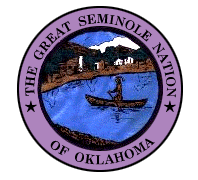

![]()
Seminole Nation Leaders
Here is a brief biographical history of the leaders for the Seminole Nation starting prior to the removal. They have made and continue to make significant contributions to the lives of their families and their people.
Although the Seminole women did not have voting privileges in the tribal government until 1968, they have been and continue to be very active in tribal affairs since before statehood.
Where it was possible, interviews with the individuals or relatives were made. The remainder of the information was compiled from books, newspaper articles or periodicals. May the desires, dreams, ambitions and hopes of the people mentioned help produce a generation that appreciates the fact that it takes the contributions of many people in a pluralistic society to enrich the quality of life in the United States.
![]()

Micconapy
The five tribes, Cherokee, Choctaw, Seminole, Creek, and Chickasaw, were removed by the United States Government 1817 to 1842, from their lands in the East to the lands in the West which was later known as Indian Territory.
Micconapy and many of the Seminole leaders fought desperately against removal. After two wars, many band chiefs with their families and followers were removed from Florida.
Micconapy was born in Florida and served as the head chief there before immigrating West. After reaching the Indian Territory, the Seminole had a difficult time in adjusting to the West. Some of the problems arose over the right to land, location, and their rights in regard to government. They were reluctant in subjecting themselves and their property to the laws of the Creek Tribe. During this period, Micconapy served as the head chief for the Seminole Nation in trying to settle the land problem.
In history, Micconapy is also referred to as Sint-Chahkee, Pond Governor or Pond Chief. Micconapy was not a name but a title bestowed upon the head chief of the tribe. According to some people, the name may come from the two Creek-Seminole words "Mekku-unvpv"(top chief).
Micconapy acted as the head chief of the Oklahoma Seminoles until his death in December, 1849.
![]()

Chief John Jumper
1849 to____/1882 to 1885
John Jumper was born in Florida about 1820. He came to Indian Territory about 1843 as a prisoner. Chief Jumper had five sons and two daughters.
After reaching the Indian Territory, John Jumper worked many years on the Seminole Tribal Council before becoming Chief of the Seminole Nation.
During the Civil War, the Seminole Nation was divided as some bands sided with the Confederacy and some with the Union. During this period, the Seminole Nation had two recognized head chiefs. John Jumper served as the head chief for the Confederate Seminoles. He attained the rank of Lt. Colonel of the Mounted Seminole Volunteers in the Confederate Army during the Civil War. After the war, he continued to serve as Chief of the Seminole Nation for over ten years. He declined re-election in 1877 to devote more time to missionary ministry. He was re-elected in 1882 after the death of Chief Hvlpvtuce.
John Jumper was very concerned with the welfare and education of his people. In addition to being a Chief, he served as a pastor at Spring Baptist Church at Sasakwa, Oklahoma from 1850 until his death. According to Routh, author of The Story of Oklahoma Baptists, (1932), John Jumper was one of the most influential Chiefs among the Seminoles. John Jumper died October 15, 1896.
John Jumper
by Carolyn Thomas Foreman
The Jumper Family of the Seminole Nation
by Carolyn Thomas Foreman
![]()
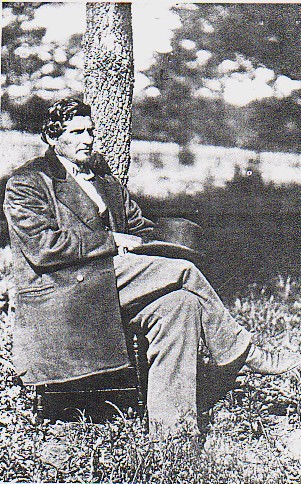
Chief John Chupco
1866 to 1861
The outbreak of the Civil War caused the Seminole Nation to split. In 1861, Commissioner Albert Pike concluded a treaty with the Seminoles on behalf of the Confederate States.
John Chupco, a town chief, refused to sign this treaty. He with the members of his town, together with Town Chief Billy Bowlegs and his followers joined forces with the Creek Leader Opathleyahola in Kansas. They were later enlisted in the Indian Home Guard Brigade of the Union Army. During the Civil War and after, John Chupco served as the Principal Chief of the Seminoles for the Northern faction.
While serving as Chief, John Chupco was an advocate of rigid law enforcement and the Seminole laws.
Seminoles who knew John Chupco well claimed he could out walk all others and required less time than as average individual to walk any distance. One story claims that John Chupco walked from Little River to Fort Gibson in a day’s time. This would be from sun-up to sun-down; a distance of some one hundred ten miles.
The tribe continued with two Chiefs for the Seminole Nation until 1872. John Chupco died in 1881.
John Chupco (ca. 1821 - 1881)
by Jon D. May
![]()
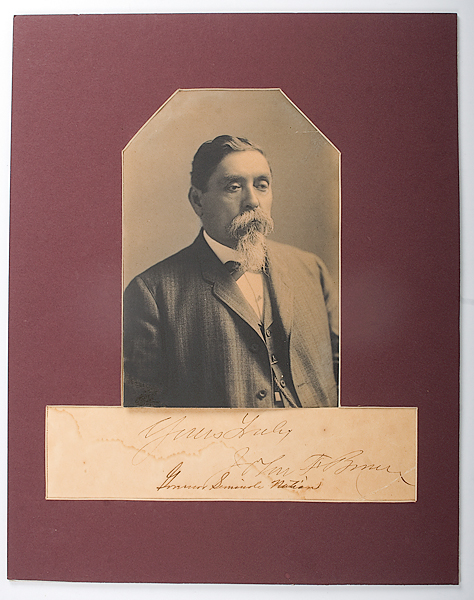
Governor John F. Brown
1885 to 1901 and 1905 to 1919
![]()
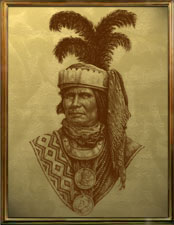
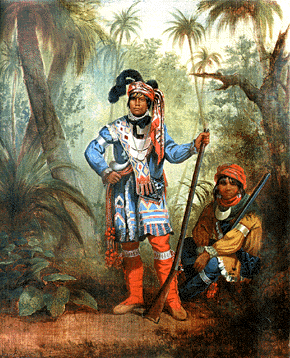
Hulbutta Micco
'Alligator
King,' a.k.a., Billy Bowlegs, was the last hereditary Seminole Chief to leave
the native lands of Florida.
He was also the leader of the last of the Seminole
Wars against removal.
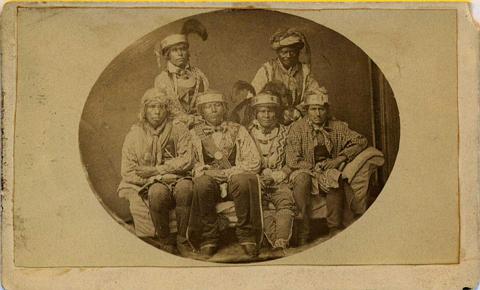
Billy Bowlegs seated 2nd from
right 1852
Hulbutta Micco tried to remain in seclusion in
the Florida Everglades, but the demand for Seminole land continued.
Various
parties were sent to negotiate with Hulbutta; the government even offered him a
substantial amount of money for his land to immigrate west.
Eventually believing
the promises of the government, he left his homeland and went to Indian
Territory, he was never compensated, and the money was never paid.
Once in Indian Territory, Hulbutta Micco became a Captain during the Civil War with the Union Army.
Billy Bowlegs
by Carolyn Thomas Foreman
The portrait on the left hangs in the Smithsonian Institute in Washington, D.C.
The oil painting on the right entitled Billy Bowlegs and Son was painted by Carl Wimer,
it is an oil on canvas and was auctioned not long ago for over
three-quarters of a million dollars.
![]()
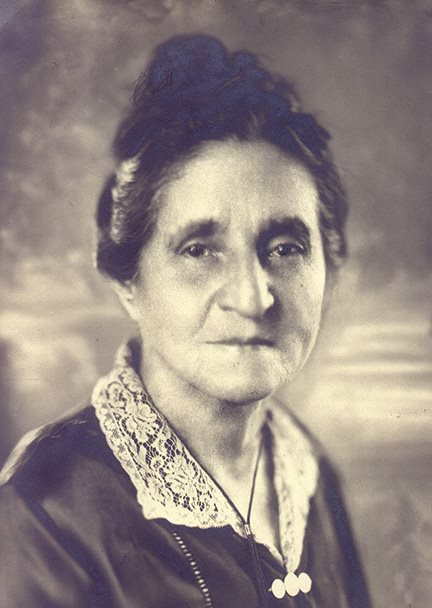
Chief Alice Brown Davis
1922 to 1935
Alice Brown Davis was the daughter of Dr. J. F. Brown and
Lucy Graybeard. She was born near Parkhill, Oklahoma, September 10, 1852.
Alice belonged to the Tiger Clan (Katcvlke). She was a sister to Gov. J.
F. Brown. She attended Rev. Ross Ramsey’s School (Wewoka Mission)
north
of Wewoka.
She married
George Rollin Davis in 1874. They had eleven children.
The Davis' owned a trading post and post office at Arbeka, in the north part
of
the Seminole Nation. Alice was a teacher and in 1905,
served as Superintendent of
Emahaka School.
Mrs. Davis was a member of the Spring Baptist Church at
Sasakwa, Oklahoma. On behalf of the church, she went to Florida for mission
work.
She was also active in the Muskogee, Seminole, and Wichita Baptist
Association.
Before serving as Chairman for the Seminole Tribe, she
was the interpreter for the Seminoles in the courts of law in business dealings
involving
the Seminole Indians because she was bilingual. She also served
with the Dawes Commission. President W. G. Harding appointed Mrs. Davis
to
serve as the Chairman of the Seminole Tribe because of her education
and knowledge of laws in 1922. She was the first Seminole woman to be appointed
to this position.
Mrs. Davis died June 21,
1935. In 1961, she was nominated
to be placed in the American Indian Hall of Fame at Anadarko, Oklahoma.
In 1964, a bronze bust of Mrs. Davis was
sculpted by Willard Stone and unveiled
at the World's Fair in New York City.

![]()
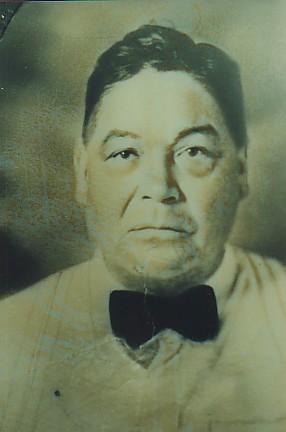
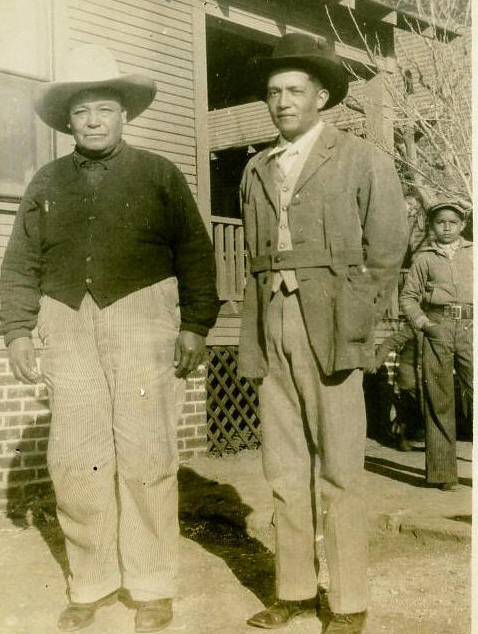
CHIEF CHILI FISH
![]()
|
Chief George
Jones |
Chief Willie
Haney |
Chief Jeffie Brown |
![]()
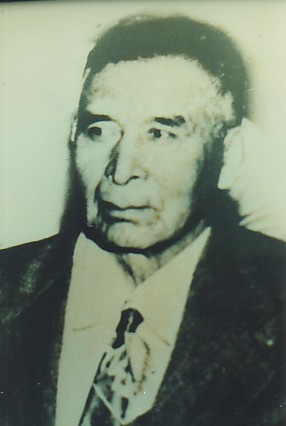
Chief George Harjo
1948 to
1952 (death)
George Harjo was the son of Lehomahte Wesenta, the last hereditary Tvsekayv Haco Band chief and Rosa Harjo. He was born July, 1886, at Sasakwa, Oklahoma. He attended school at the Mekusukey Indian Mission.
He was a member of Spring Baptist Church at Sasakwa, Oklahoma and served as pastor until the time of his death. This was approximately forty-two years.
George Harjo was a member of the Tvsekayv Haco Band and belonged to the Bear Clan . He served as a member of the Seminole Council for many hears before being appointed Chief. He obtained much experience and knowledge of the problems and the economic affairs of his people as an able leader.
While serving as Chief of the Seminole Tribe, he appeared several times before the officials in Washington and conferred with the Indian Committee on the Houses of Congress. One trip was for the purpose of filing of Seminole Claims with the Indian Claims Commission involving several tribal cases.
George Harjo served as Chief of the Seminole Nation from 1948 to 1952. He was re-elected to serve a second term in June, 1952, and served until his death in December, 1952.
He was married to Lillie Factor Harjo. They had one daughter, Eula Mae Harjo. Eula Mae is of the Beaver Clan, and a member of the Rewahle Band. She worked as bilingual assistant at Sasakwa Elementary School.
![]()

Chief Marci Cully
1952 to 1954 (last full time chief)
Marcy Cully was born February 6, 1910, at Sasakwa, Oklahoma.
His parents were William Cully and Susie Cloud Cully. He belongs to the
Bear Clan
(Nokusvlke). Many Indian people call him Nokuse, his Indian name.
Marcy Cully is an ordained minister. He is a member of
Cedar Creek Eufaula Church near Konawa, Oklahoma. Rev. Cully served as pastor
for many
years at Cedar Creek Church. He was proud of his Indian and American
heritage. Marcy served in World War I and had many experiences to tell about.
Rev. Cully dedicated many years in working with his tribe.
He served on the Tribal Council and was assistant chief or the second chief
to Chief George
Harjo. At the death of Chief Harjo in 1952, Marcy Cully
finished out the term as Chief of the Seminole Nation. He was re-elected
in June of 1953 and served
until July, 1954. He made several trips to Washington
on behalf of the tribe while he served as Chief. Even though Rev. Cully
he devoted his time in working
for tribal affairs. He served as Chairman
of Fus-hvtce Band of which he is a member.
![]()
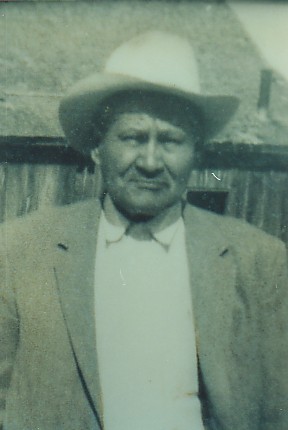
Chief Phillip Walker
1955 to
1959
![]()

Chief John A. Brown
1960 to 1969 (Principal) 1964 (elected by council members)
John A. Brown, the son of Charlie Brown and Lottie Factor Brown was born in Sasakwa, Oklahoma, where he resided with his wife Mabel Wood Brown. They have three sons, Stanley, John Robert and Bill. John A. Brown is the great-great grandson of Dr. J. F. Brown, and the great-grandson of the former Seminole Gov. J. F. Brown. He is of the Alligator Clan (Hvlpvtvlke) and member of the Tom Palmer Band. His Indian name is Cvstvle (watermelon).
John served as the second chief under Phillip Walker and was elected to serve as chairman of the tribe in 1960. he was re-nominated to serve a second term in 1964. In 1967, he served as vice-president of the Inter-Tribal Council of the Five Civilized Tribes of Oklahoma.
John made many trips to Washington, D.C. to confer with governmental leaders regarding interest of the Seminole Tribe. He worked closely with the Area Director of the Muskogee Area Office and the Superintendent of the Wewoka Agency to improve the condition of his tribal members. While serving with the Inter-Tribal Council, he and other Indian leaders were instrumental in having the State Legislature pass the enabling act which established the legal authority to set up Housing Authority for the various Indian Tribes throughout the State of Oklahoma.
Not only has John Brown worked with the tribe on the Tribal Council, but he also was a minister, and member of the Spring Baptist Church at Sasakwa, Oklahoma. He served as evangelist for many years, and continued to be evangelist to the Seminole Tribe of the State of Florida.
John Brown retired as Chairman in 1969.
![]()
|
Chief Terry
Walker |
Chief Floyd Harjo |
![]()
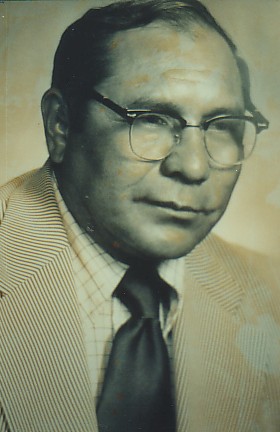
Chief Edwin Tanyan
1973 to 1977 and 1985 to 1989
Edwin Tanyan was Chief of the Seminole Nation, and a native
to Seminole County. He is the son of Nina and Sally Tanyan. His father served
many years as
a councilman of the Seminole General Council. He married Francis
Burgess Tanyan and live in Wewoka, Oklahoma.
Edwin Tanyan graduated from Butner High School near Cromwell, Oklahoma and attended Oklahoma City University for two and one-half years.
Chief Tanyan served in World War II and in the Korean Conflict.
During WWII, he was wounded in action and received a
Purple
Heart. In the
Korean Conflict,
he was awarded three Bronze Stars (valor awards).
Chief Tanyan worked for the Corp. of Engineers in Tulsa,
Oklahoma. When he was elected Chief in 1973, he gave up his job with the
Federal Aviation
(Aeronautical Center) Will Rogers Airport, Oklahoma City,
to devote full time as Chief of the Seminole Nation.
Soon after being elected, Chief Tanyan stressed unity among
the Seminole people so that the tribe could progress. Since his election,
he kept busy
with the affairs of the Seminole Tribe. He along with tribal
members traveled to Washington, D.C. to discuss education, health, and mineral
rights claims
on behalf of his tribe. Also, they have traveled to Florida
to promote goodwill among the Florida Seminoles and the Miccosukees, in
addition, they examined and reviewed the ways
the tribal programs were advancing
under the tribal government there.
![]()
|
Chief Richmond
Tiger |
Chief Tom Palmer |
Chief James Milam |
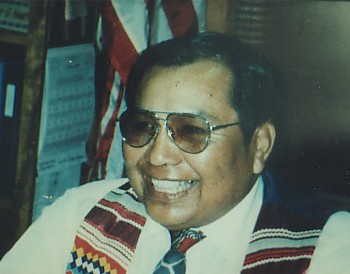
Chief Jerry Haney |
![]()
CHIEF
KENNETH EDWARDS CHAMBERS
Principal Chief
Kenneth
Edward Chambers was elected in August of 2001
and was sworn in as Principal
Chief of The Seminole Nation on September 1, 2003.
MARY ANN EMARTHALE
Assistant Chief
Mary Ann Emarthala became the first woman in history to be elected to the position of Assistant Chief.
Note:
The
election of 2001 was ruled invalid so Chief Haney continued to be in this
position until the federal government recognized the General Council
in February
of 2003.
The General Council appointed Chambers and Emarthala to their positions
in March of 2003, therefore they are appointed. Not elected.
![]()
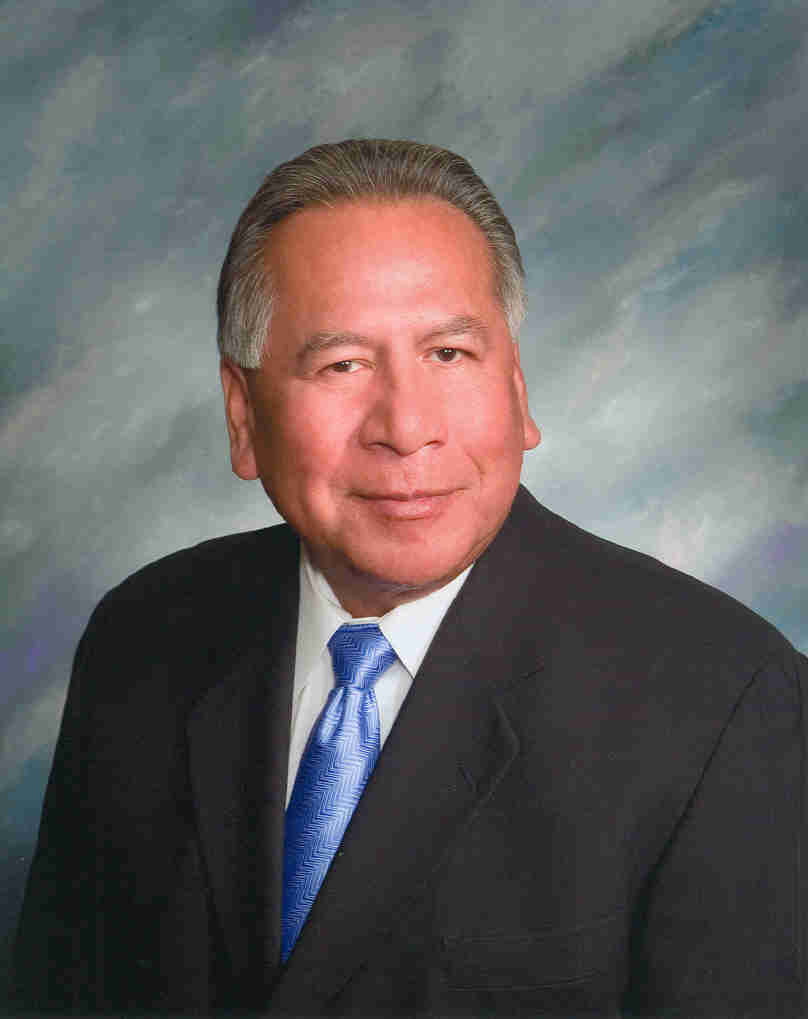
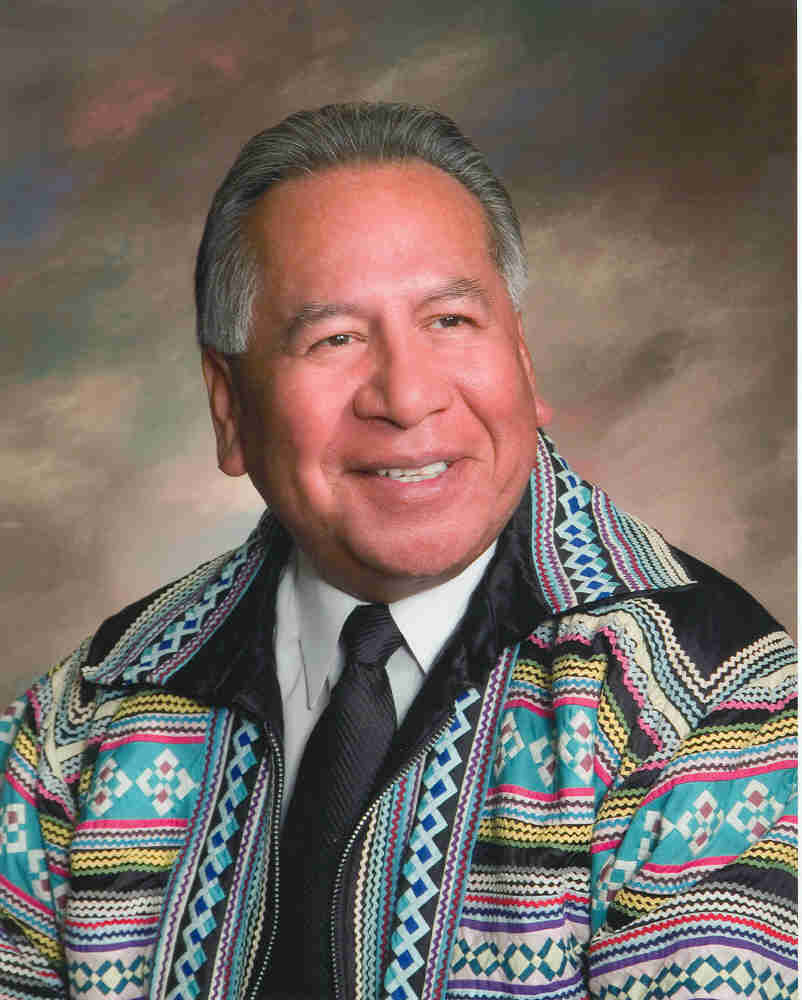
Chief Enoch Kelly Haney

Assistant Chief Larry Harrison
![]()
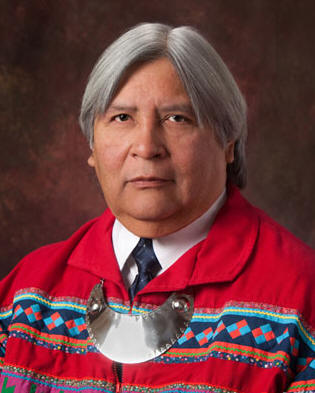
Leonard M. Harjo
24th chief of
the Seminole Nation in Oklahoma since 1866 and the 30th Principal Chief since
1826,
sworn in on September 5th 2009 at Mekasukey Mission by Enoch Kelly Haney.
![]()
©2001 - Present
![]()
Sunday, August 02, 2015